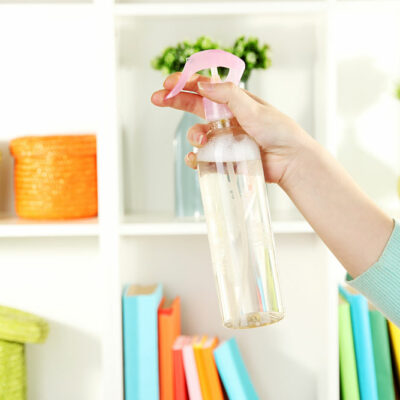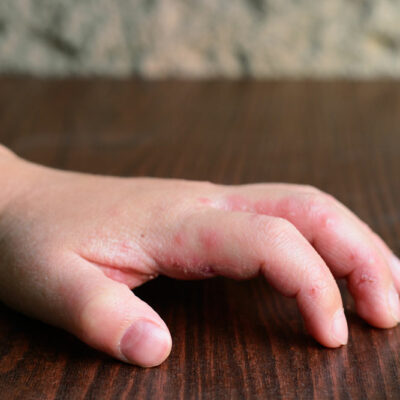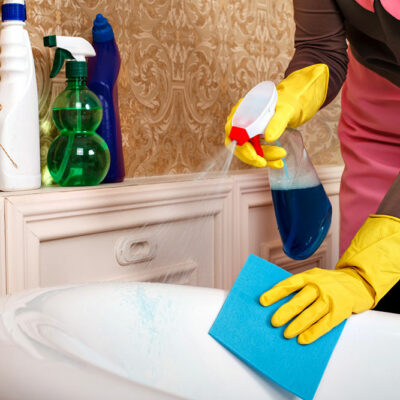
9 early symptoms of heartburn to watch out for
Heartburn is a common health condition that occurs when stomach acid backs up into the tube that carries food from the mouth to the stomach (esophagus). This condition causes a burning sensation in the chest. Besides this burning sensation, several early warning signs can signal its impending arrival. Recognizing these signs can help one take measures to prevent heartburn from worsening. Here are ten early warning signs of heartburn that one should be aware of. Pain in the chest- Heartburn is often characterized by a burning feeling in the chest, often felt behind the breastbone. This pain can vary in severity and may be mistaken for a heart attack, so it’s crucial to pay attention to its frequency and triggers. Acidic taste in the mouth- If one frequently experiences a sour or acidic taste in their mouth, it could be a sign of stomach acid backing up into their esophagus. This taste can be unpleasant and may accompany other heartburn symptoms. Regurgitation- Feeling as if food or liquid is coming back into the mouth or throat can be a warning sign of heartburn. A bitter taste and a burning sensation can accompany this. Difficulty swallowing- Heartburn can lead to esophageal irritation, making it painful or challenging to swallow.
Read Article 









